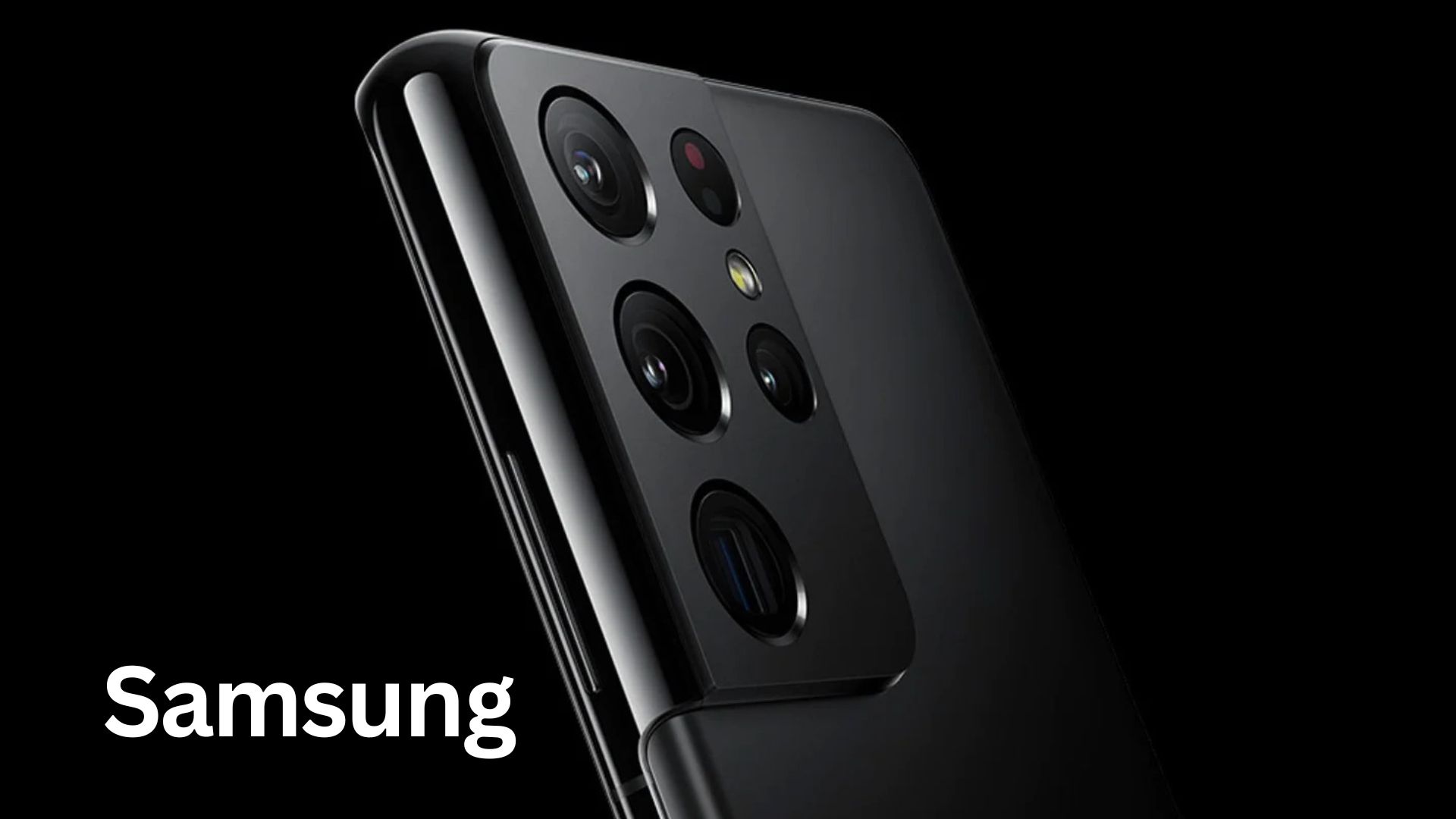Samsung has once again positioned itself at the forefront of optical innovation with the unveiling of its Metalens Camera technology. In collaboration with researchers from POSTECH (Pohang University of Science and Technology), the company demonstrated a pioneering approach to camera design that could dramatically change how smartphone and XR (Extended Reality) device cameras are built.

This cutting-edge technology offers a path toward lighter, thinner devices while maintaining and in some cases improving optical performance. The breakthrough centers on replacing traditional bulky, curved glass lenses with ultra-thin “metalenses” that use nanostructures to manipulate light precisely.
Summary Table
| Feature | Details |
|---|---|
| Technology Name | Samsung Metalens Camera Technology |
| Main Benefit | Thinner, lighter camera modules with improved optical performance |
| Field of View | 120 degrees |
| Thickness Reduction | From 2.0 mm to 1.6 mm (20% reduction) |
| Optical Performance Improvement | MTF increased from 50% to 72% |
| Primary Applications | Smartphones, XR headsets, eye-tracking cameras |
| Key Technical Breakthrough | Reduced nanostructure aspect ratio from 1:10 to 1:5 |
| Research Partners | Samsung Research, POSTECH |
| Official Website | Samsung Newsroom |
What is Metaling Technology?
Metalenses are ultra-thin, flat lenses that rely on precisely engineered nanostructures rather than curved glass to bend and focus light. This allows for a much slimmer profile without sacrificing optical quality.
Unlike conventional refractive lenses, which depend on the physical curvature of glass or plastic, metalenses can perform complex light manipulation within a surface that is only fractions of a millimeter thick. By controlling the phase of light at a sub-wavelength scale, they achieve high optical performance in a dramatically reduced form factor.
Samsung’s Demonstration of Metalens in XR Devices
Samsung and POSTECH researchers developed an ultra-compact infrared eye-tracking camera specifically for XR devices, showcasing the practical potential of Metalens technology.
Key results from the demonstration included:
-
Thickness Reduction: The camera module’s thickness was reduced by 20%, from 2.0 mm to 1.6 mm, compared to a traditional refractive-lens camera.
-
Wider Field of View: The Metalens-integrated camera achieved a 120-degree field of view, ideal for XR applications requiring wide visual tracking.
-
Improved Optical Performance: The Modulation Transfer Function (MTF) performance increased from 50% to 72%, indicating sharper image resolution and better overall clarity.
-
Advanced Eye Tracking: The system successfully demonstrated precise pupil tracking and iris pattern recognition.
These improvements are especially valuable for XR headsets, where size, weight, and optical performance are critical to user comfort and immersion.
Overcoming Technical Hurdles
While the potential of Metalens technology has been recognized for years, practical implementation in consumer devices has faced significant engineering challenges.
The main obstacle has been the aspect ratio of the nanostructures required to manipulate light effectively. In conventional metalens designs for consumer-grade cameras, a high aspect ratio of at least 1:10 was necessary meaning the nanostructures had to be ten times taller than they were wide. Such proportions are difficult to fabricate with precision, prone to breakage, and inefficient for mass production.
Samsung’s breakthrough came from reducing the required nanostructure aspect ratio to approximately 1:5 without sacrificing optical performance. This innovation made it possible to achieve a full-wavelength phase delay essential for precise light control while easing the manufacturing process and improving durability.
Potential Impact on Galaxy Devices and Beyond
If commercialized, Metalens technology could bring noticeable changes to future Galaxy smartphones and XR devices:
-
Thinner Camera Modules: Reducing the camera bump, one of the most criticized design elements of modern smartphones.
-
Lighter Devices: A thinner, lighter optical assembly would reduce the overall weight of both phones and head-mounted XR displays.
-
Better Optical Performance: Enhanced MTF values suggest sharper images and potentially better low-light performance.
-
Broader XR Applications: The wide field of view and precise eye tracking are crucial for virtual and augmented reality experiences.
Official Statement and Research Leadership
The Metalens project is co-led by Dr. Jeong-Geun Yun from Samsung Research and Professor Junsuk Rho from POSTECH. The team’s success in addressing fabrication and durability issues moves Metalens technology closer to mass production.
While Samsung has not confirmed a launch date for commercial products using Metalens, the demonstration suggests that this innovation may appear in upcoming generations of Galaxy devices.
Frequently Asked Questions (FAQ)
1. What is a Metalens?
A. A Metalens is an ultra-thin lens that manipulates light using nanostructures instead of curved glass, enabling compact designs without reducing image quality.
2. How does Metalens benefit smartphones?
A. Metalens can significantly reduce the size of camera modules, eliminating large camera bumps, while improving image clarity and reducing device weight.
3. Is this technology ready for commercial smartphones?
A. While demonstrated successfully, Samsung has not yet announced a commercial release date. Mass production will depend on further development and manufacturing optimization.
4. What is the significance of the 120-degree field of view?
A. It allows cameras to capture a wider area, which is especially beneficial for XR devices that require broad visual tracking.
5. Will Metalens improve photo quality?
A. Yes, improvements in Modulation Transfer Function (MTF) suggest sharper and more accurate images compared to traditional lens systems
For More Information Click HERE




